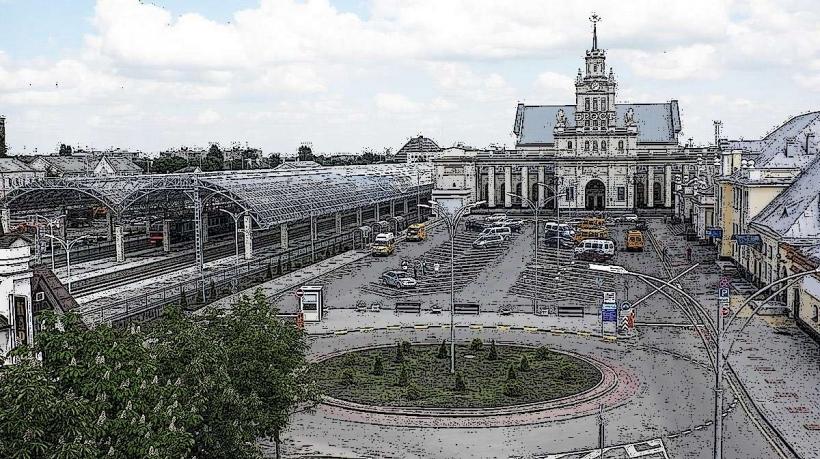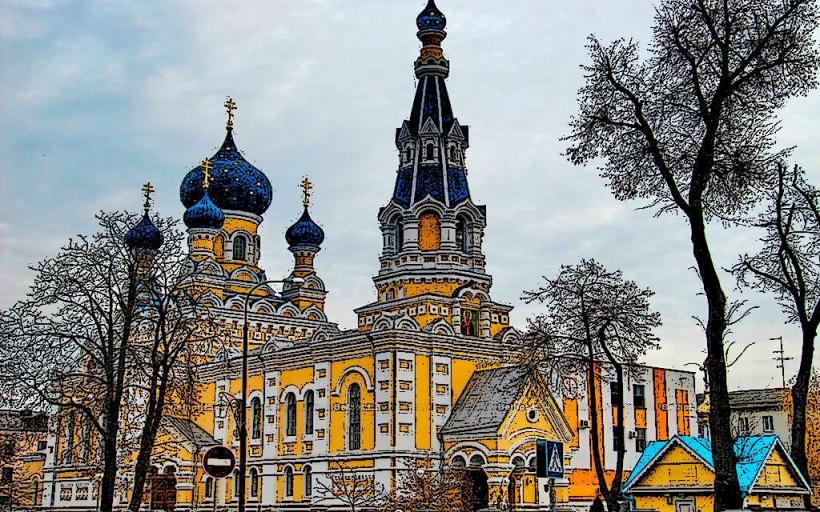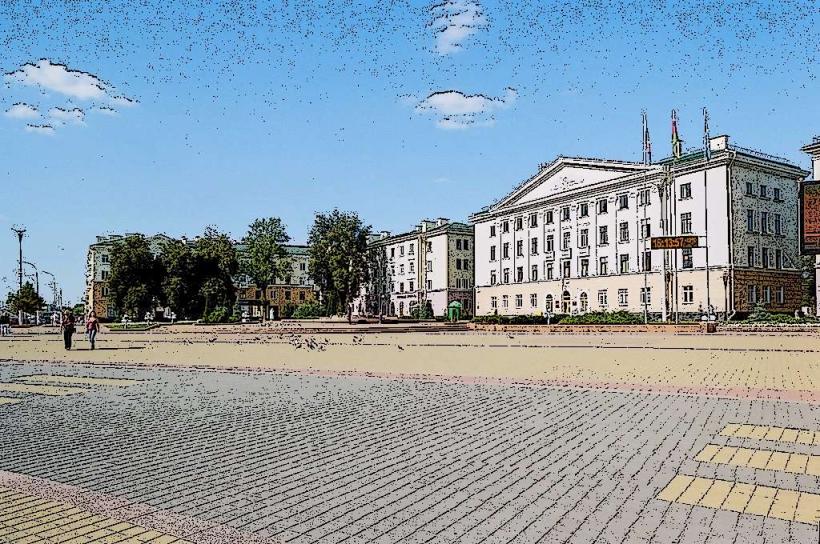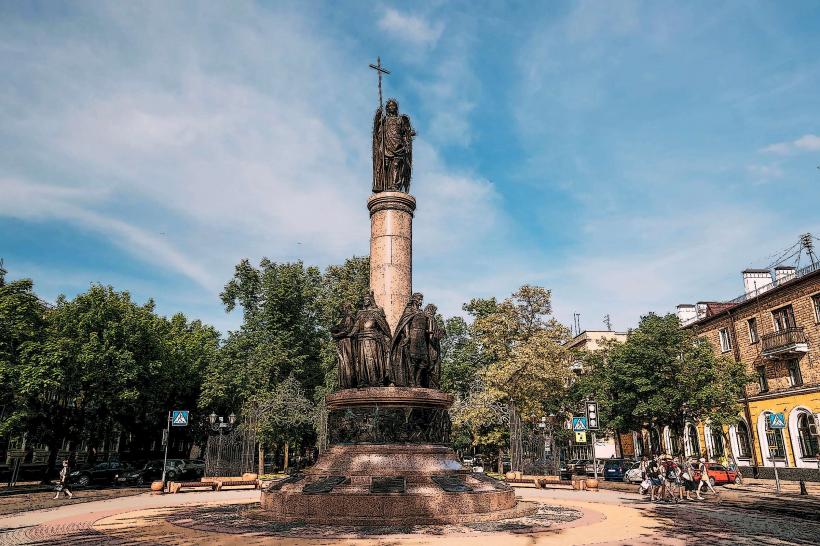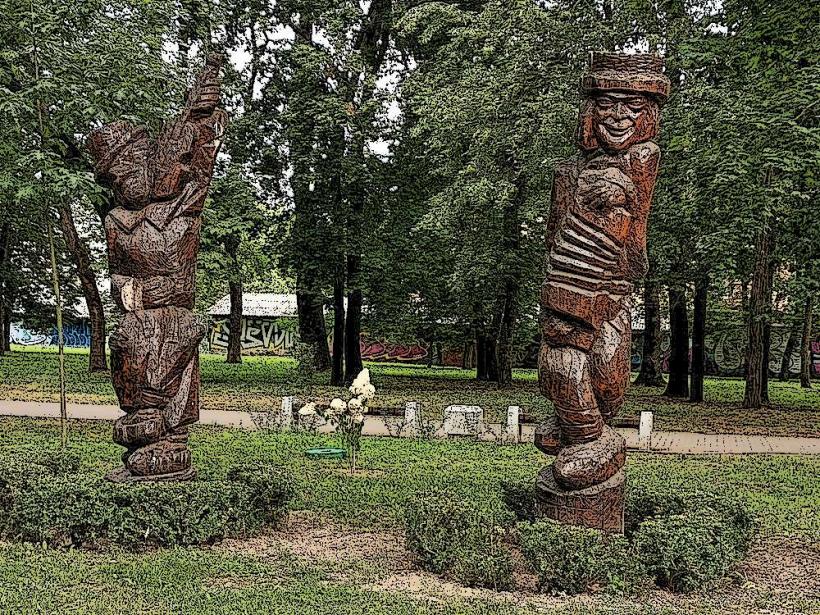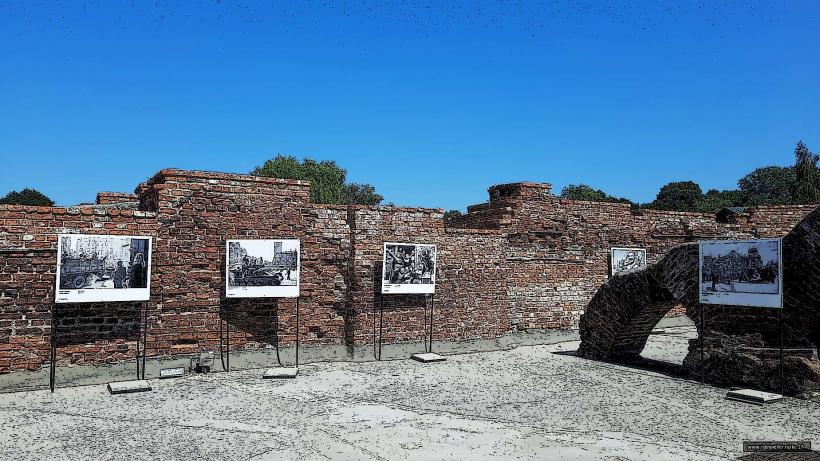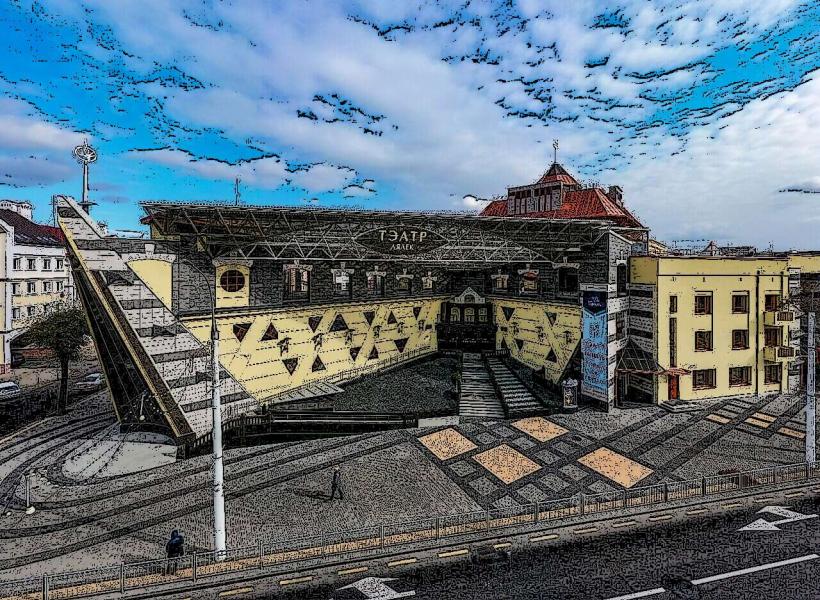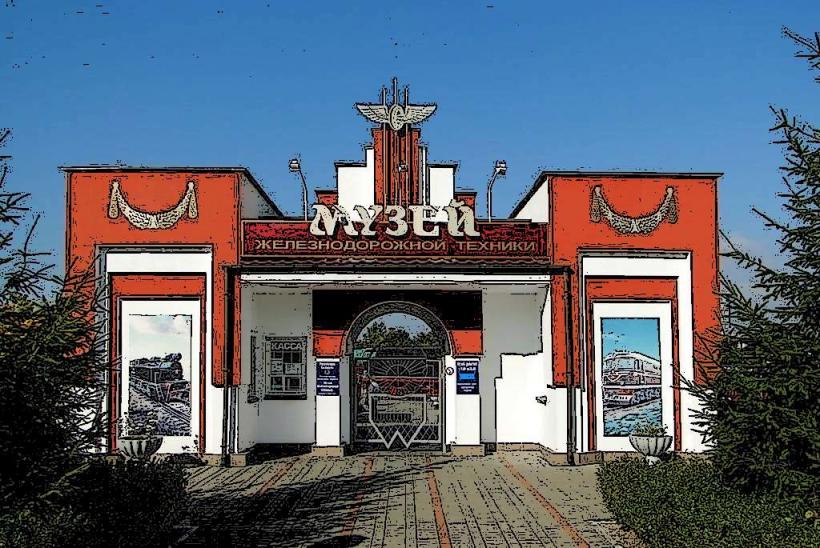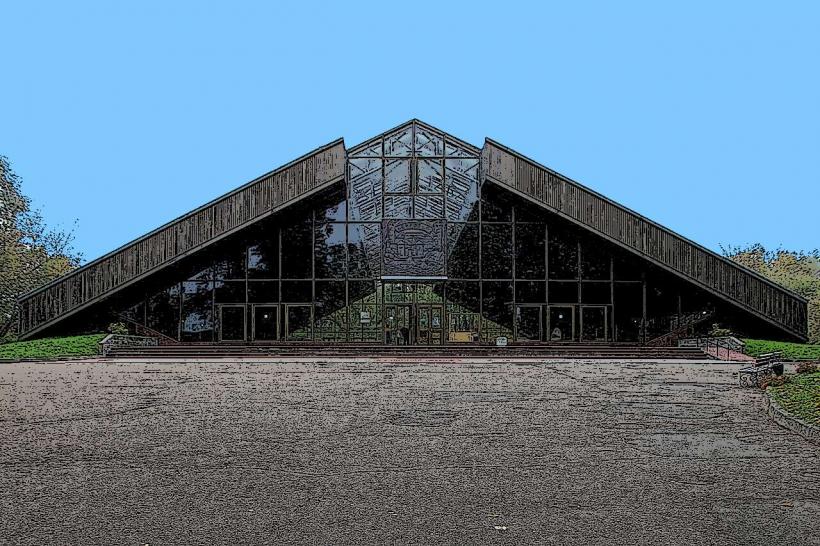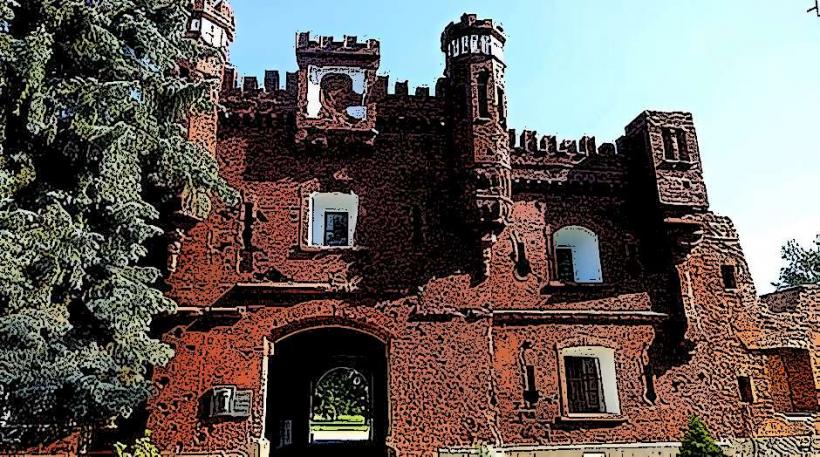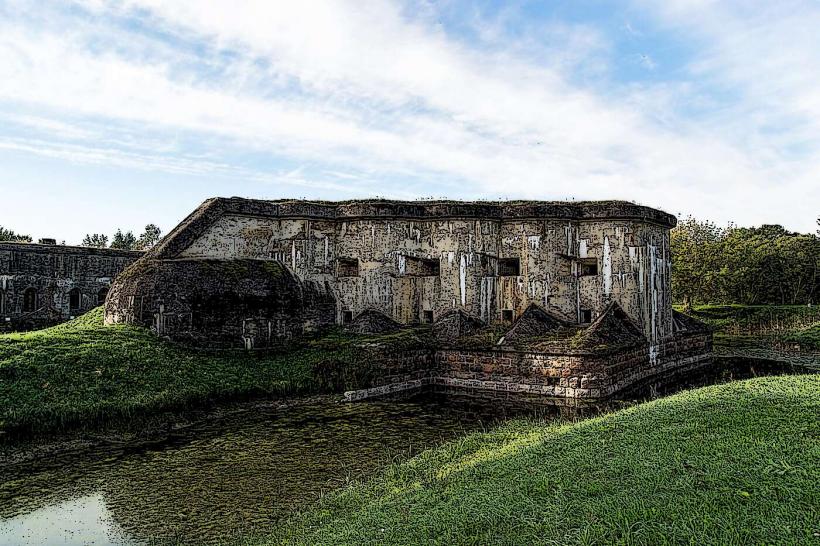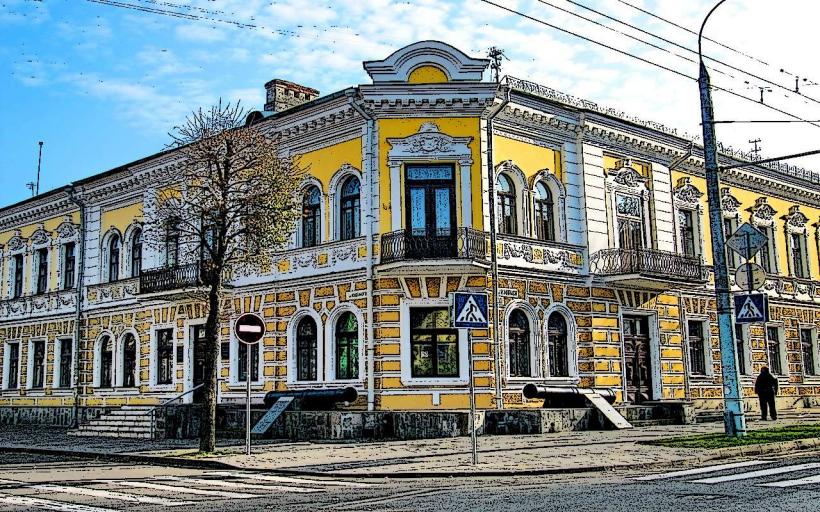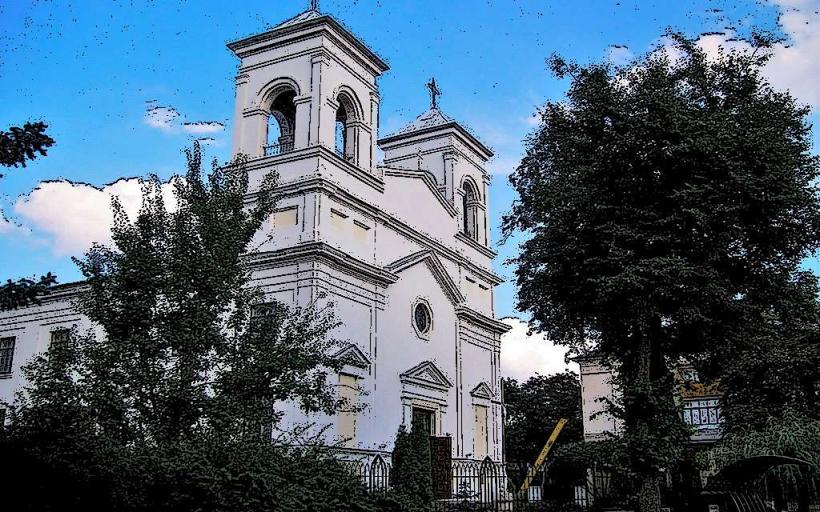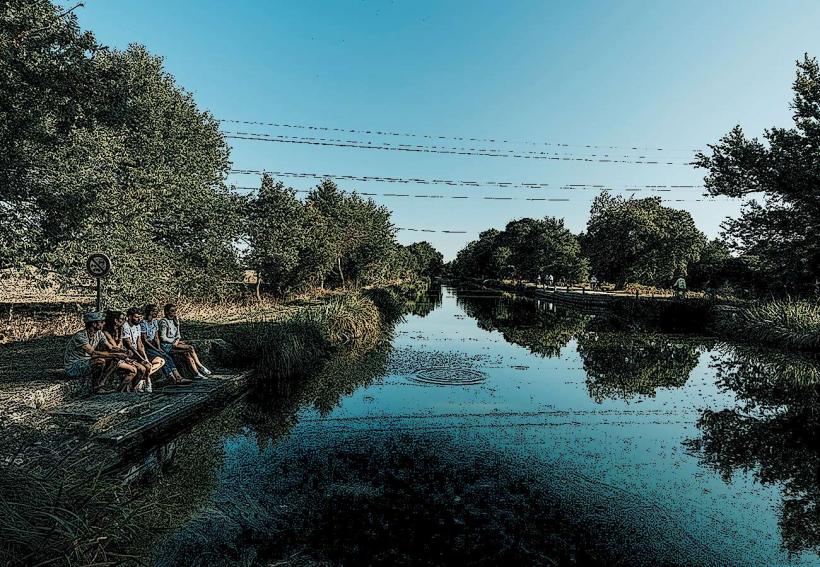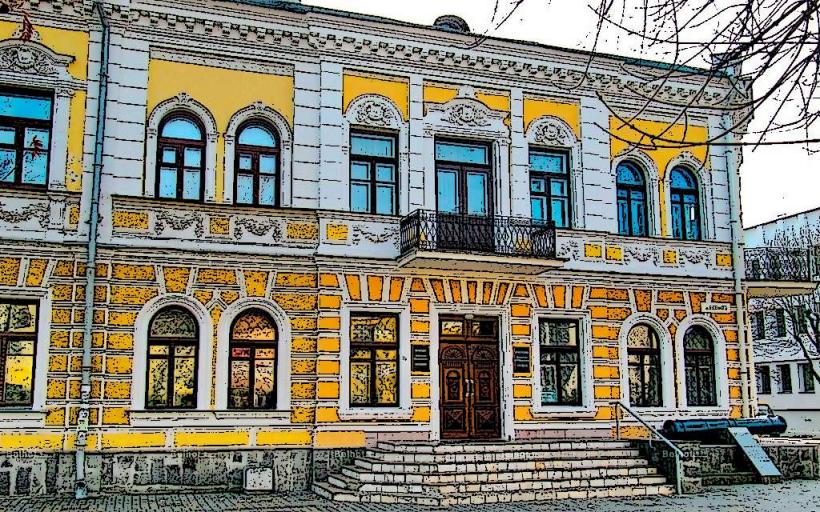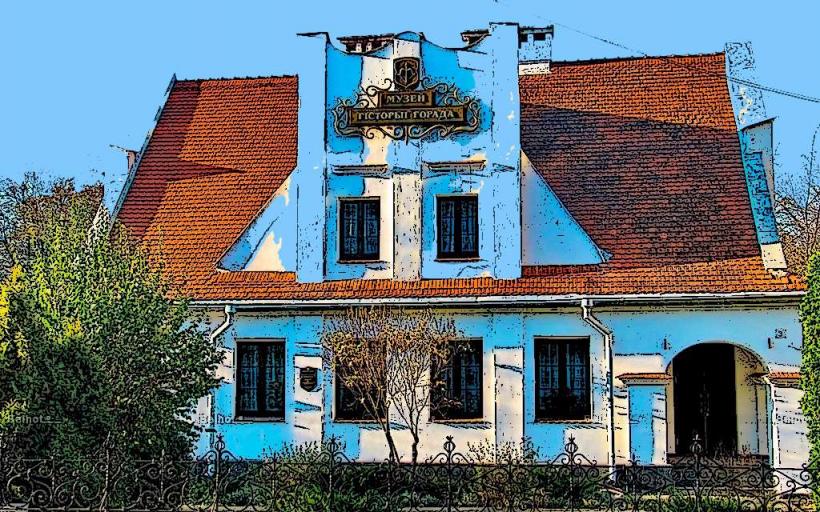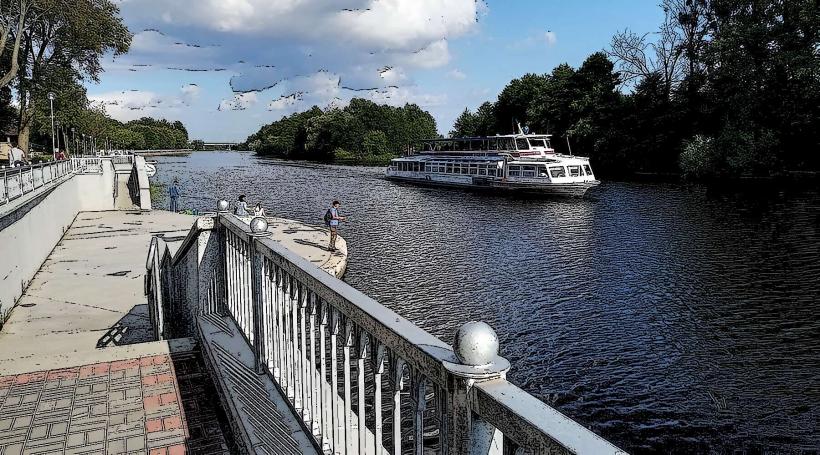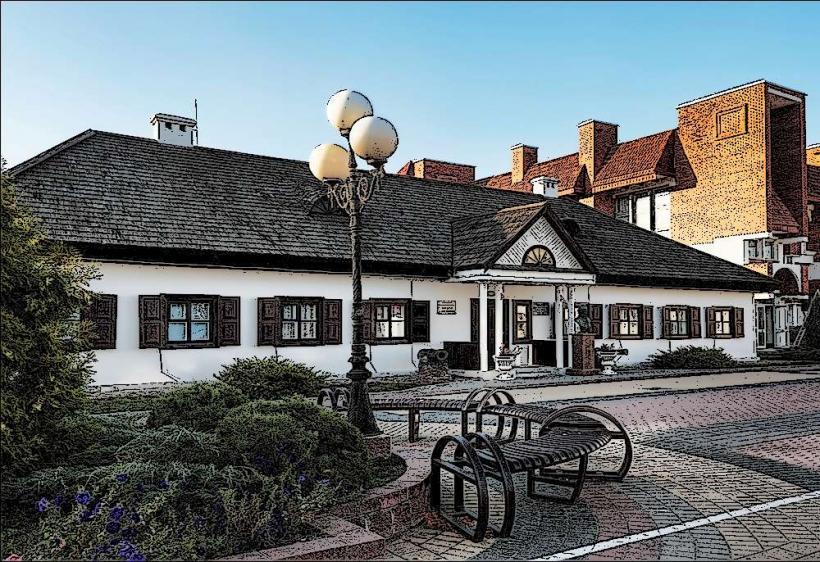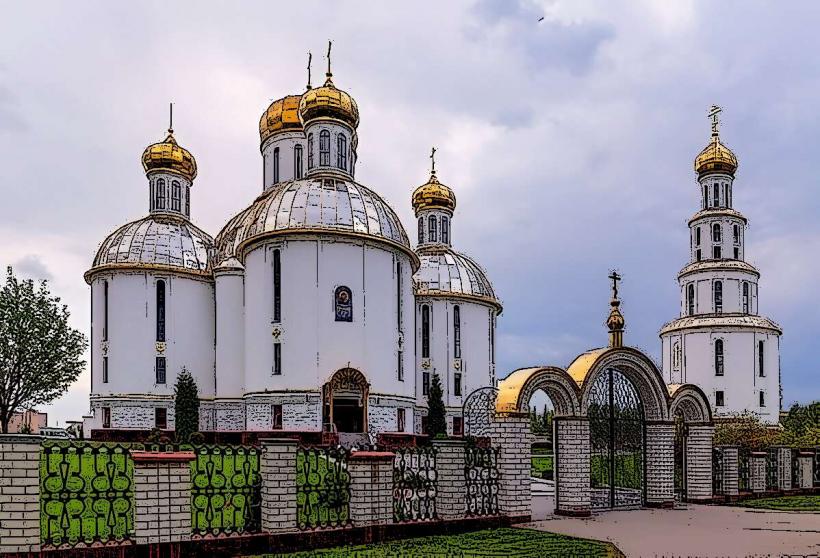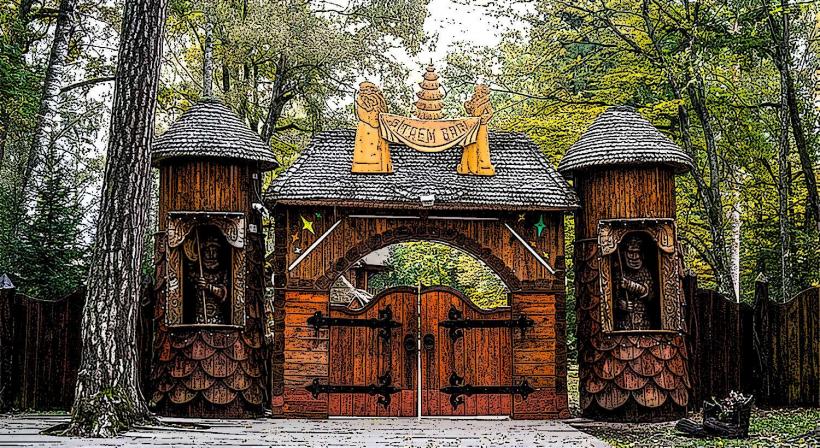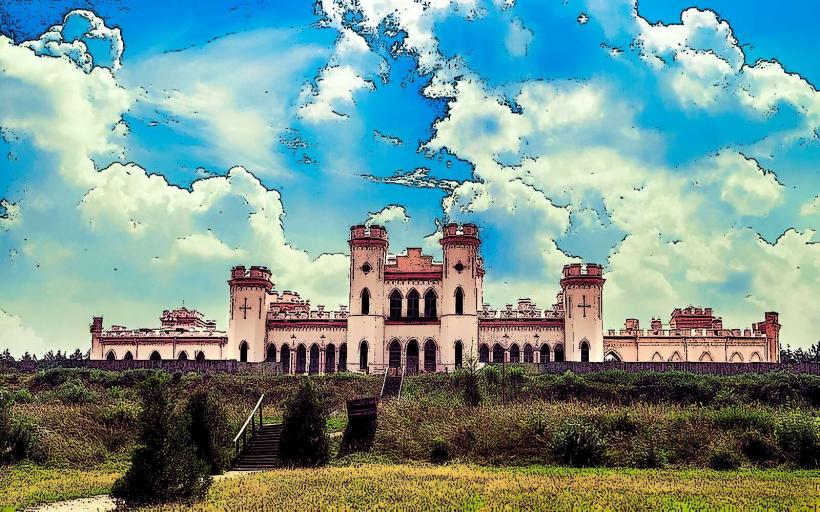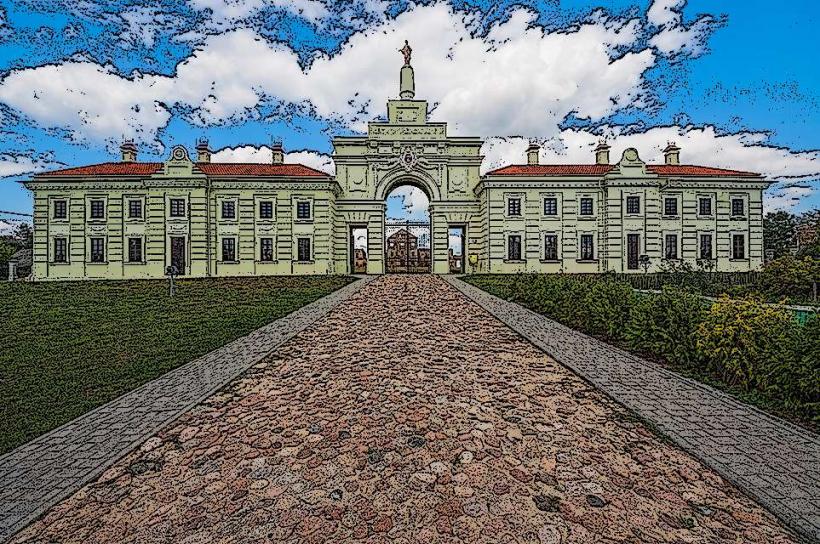Information
Landmark: Brest Hero-FortressCity: Brest
Country: Belarus
Continent: Europe
The Brest Hero-Fortress (Brest Fortress), located in the city of Brest, Belarus, is a historically significant site, renowned for its role in the defense during the early days of World War II. It is one of the oldest fortifications in Eastern Europe and a symbol of Soviet resistance during the war. Here are the key details about this historic site:
1. History and Construction:
- Construction: The fortress was initially built between 1833 and 1842 as part of the Russian Empire’s defense system. It was designed in the Bastion style and served as a military stronghold to protect the western border of the empire. It included several forts, walls, and a moat surrounding the structure.
- Location: Brest Fortress is situated on the western edge of Belarus, near the borders with Poland and Ukraine. It lies at the confluence of the Mukhavets and Bug Rivers.
2. World War II and the Defense:
- The Brest Fortress is most famous for its heroic defense during the early hours of World War II. On June 22, 1941, Nazi Germany launched Operation Barbarossa, the invasion of the Soviet Union, and began its assault on the fortress.
- The defenders, composed of Soviet soldiers, including regular troops, border guards, and other personnel, mounted a stubborn defense despite being overwhelmed by the Germans. The fortress endured heavy artillery bombardment and airstrikes, but the resistance continued for several weeks.
- The most well-known episode of this defense was the stand by Major Pyotr Mikhailovich Gavrilov and other Soviet officers, who led the resistance in the citadel. This event became legendary as a symbol of Soviet bravery, with several defenders dying in the fortress or being captured and executed by the Germans.
- Symbol of Resistance: After the initial German assault, the fortress fell into German hands, but the defenders' fight has remained symbolic of Soviet resistance. The story of the defense inspired Soviet propaganda and became a rallying point during the war.
3. Post-War Legacy:
- In the aftermath of World War II, the fortress was turned into a memorial complex to honor those who fought and died there. It was officially named the Brest Hero-Fortress to emphasize its status as a "heroic" site in Soviet history.
- Monuments and Memorials: The fortress contains several significant monuments, including the Brest Fortress Memorial Complex, which features:
- A sculptural group of a soldier in the central area of the fortress, holding a sword and standing as a symbol of defiance.
- The "Courage" monument, which honors the memory of those who defended the fortress during the war.
- The "Obelisk of the Hero-Fortress", a tall memorial designed in the shape of a flame, which was erected to mark the site's enduring symbolism of Soviet bravery.
- Museum: The memorial complex also includes a museum that showcases various exhibits, including historical artifacts, photographs, and documents relating to the defense of the fortress and World War II in general.
4. Architectural Features:
- The fortress consists of multiple components, including:
- The Citadel: The main defensive structure that housed the central command and soldiers.
- Bastions: Several fortifications designed to hold out against sieges, with artillery positions, barracks, and command posts.
- Moats: The fortress was surrounded by a large moat, which was used to impede enemy advances.
- Fortifications: Thick stone walls and defensive towers designed to withstand both siege and direct assault.
5. Recognition:
- In 1965, the fortress was awarded the title Hero-Fortress by the Soviet Union for its courageous defense, which became a symbol of Soviet patriotism and resistance during the war.
- The fortress and its memorial complex are a key destination for tourists and historians interested in the events of World War II and Soviet history.
6. Current Status:
- Today, the Brest Hero-Fortress serves as both a historical site and a place of remembrance. It is part of the broader Brest Memorial Complex, which attracts many visitors, especially those interested in military history.
- The site continues to be a place for ceremonies on major holidays, including Victory Day on May 9, which marks the end of the war in Europe.
In summary, the Brest Hero-Fortress stands as a monument to resilience, symbolizing the unyielding spirit of the defenders during the brutal opening days of World War II. It holds a deep place in Belarusian and Russian history as an enduring symbol of sacrifice and patriotism.

